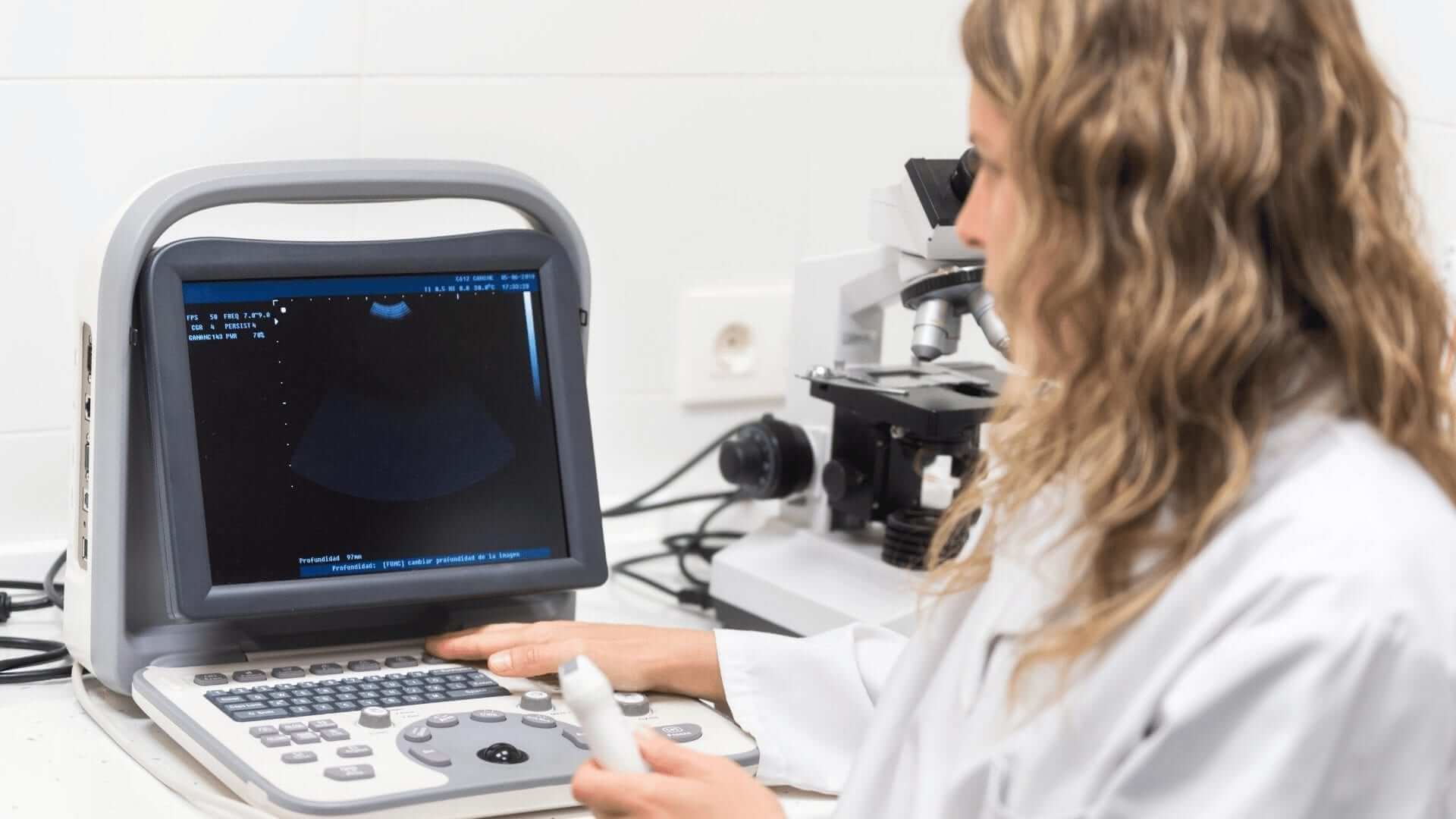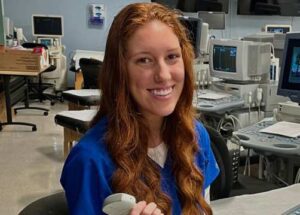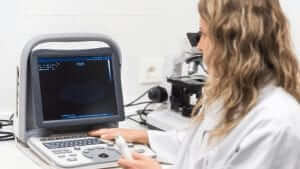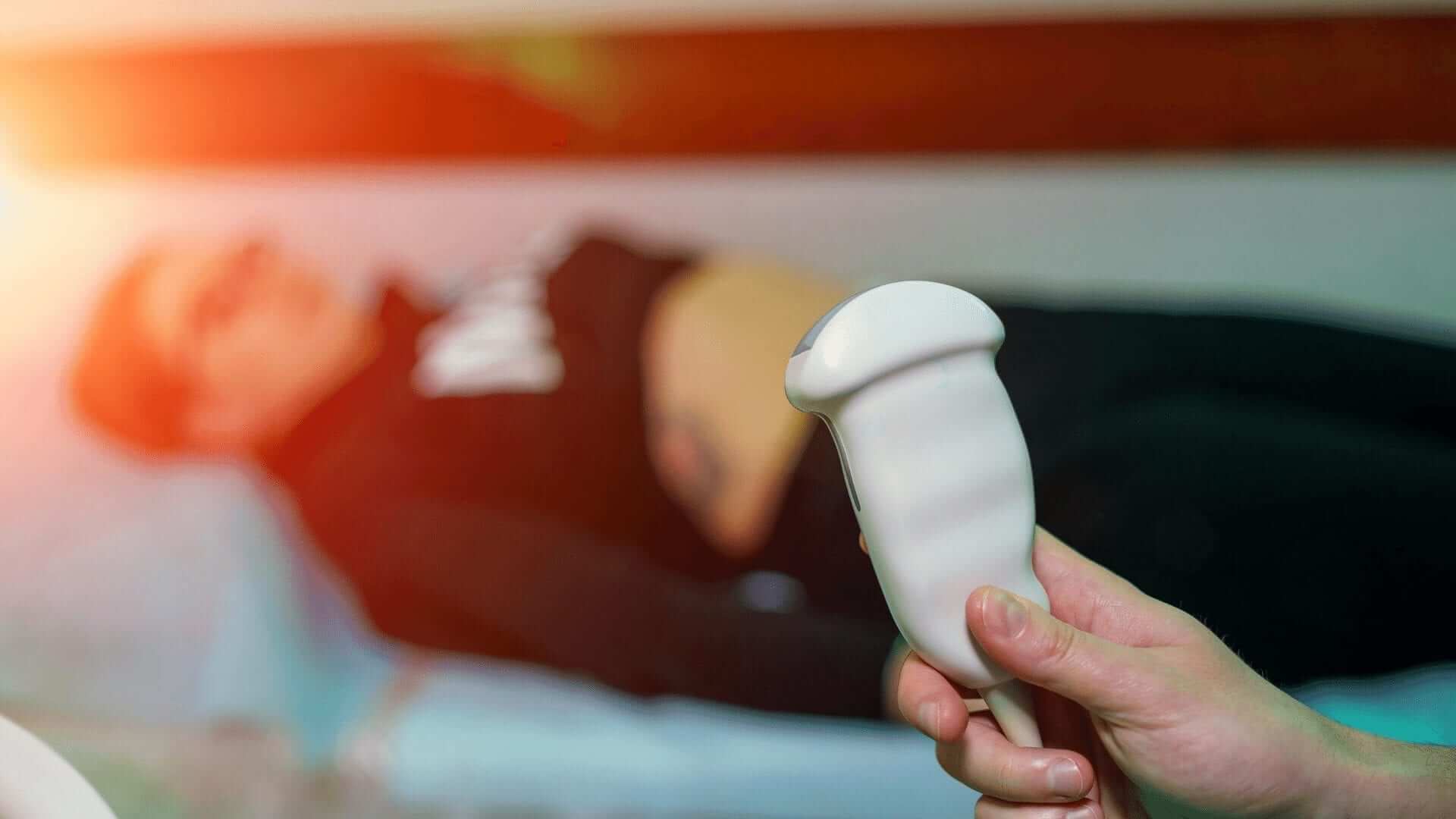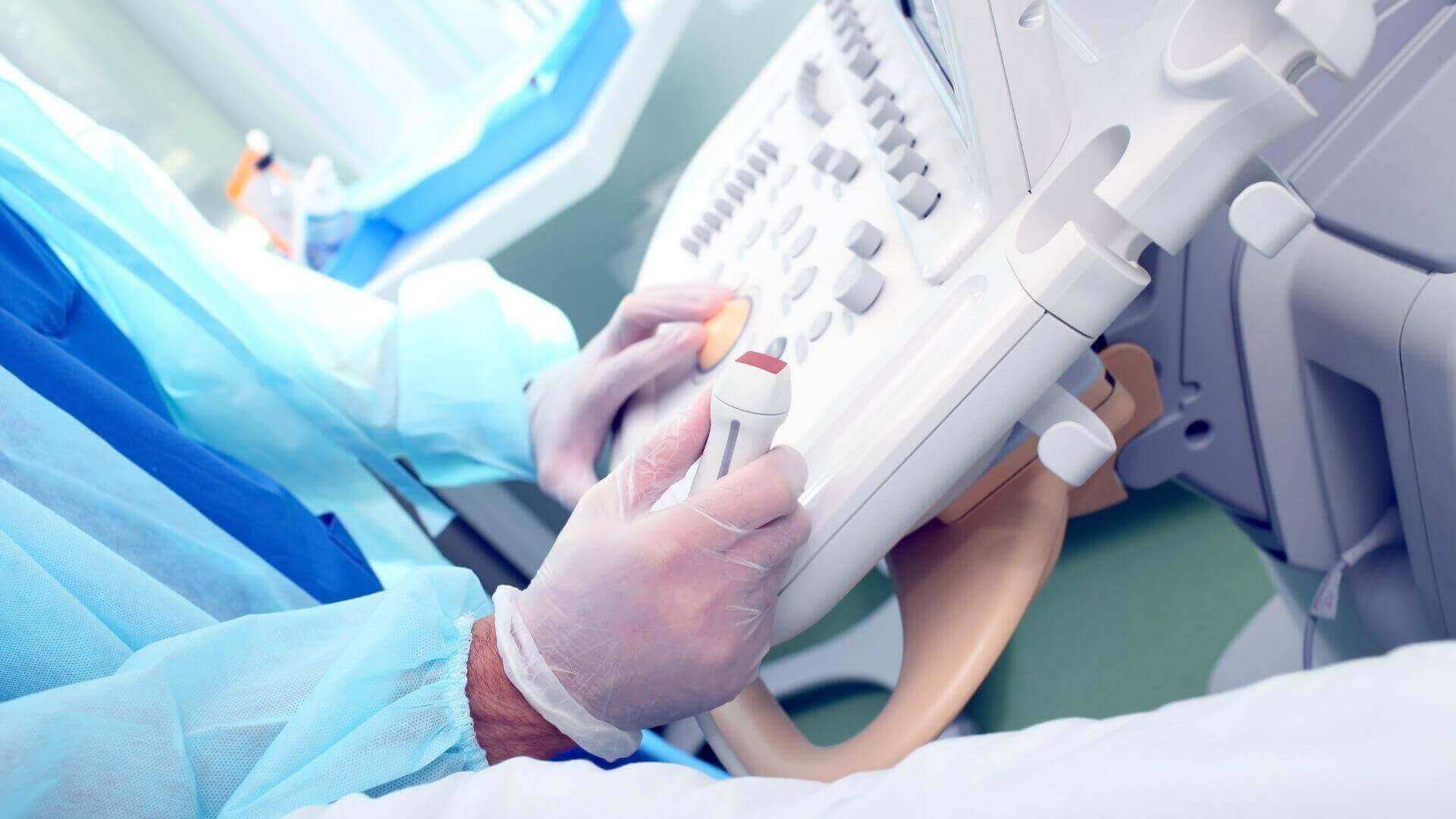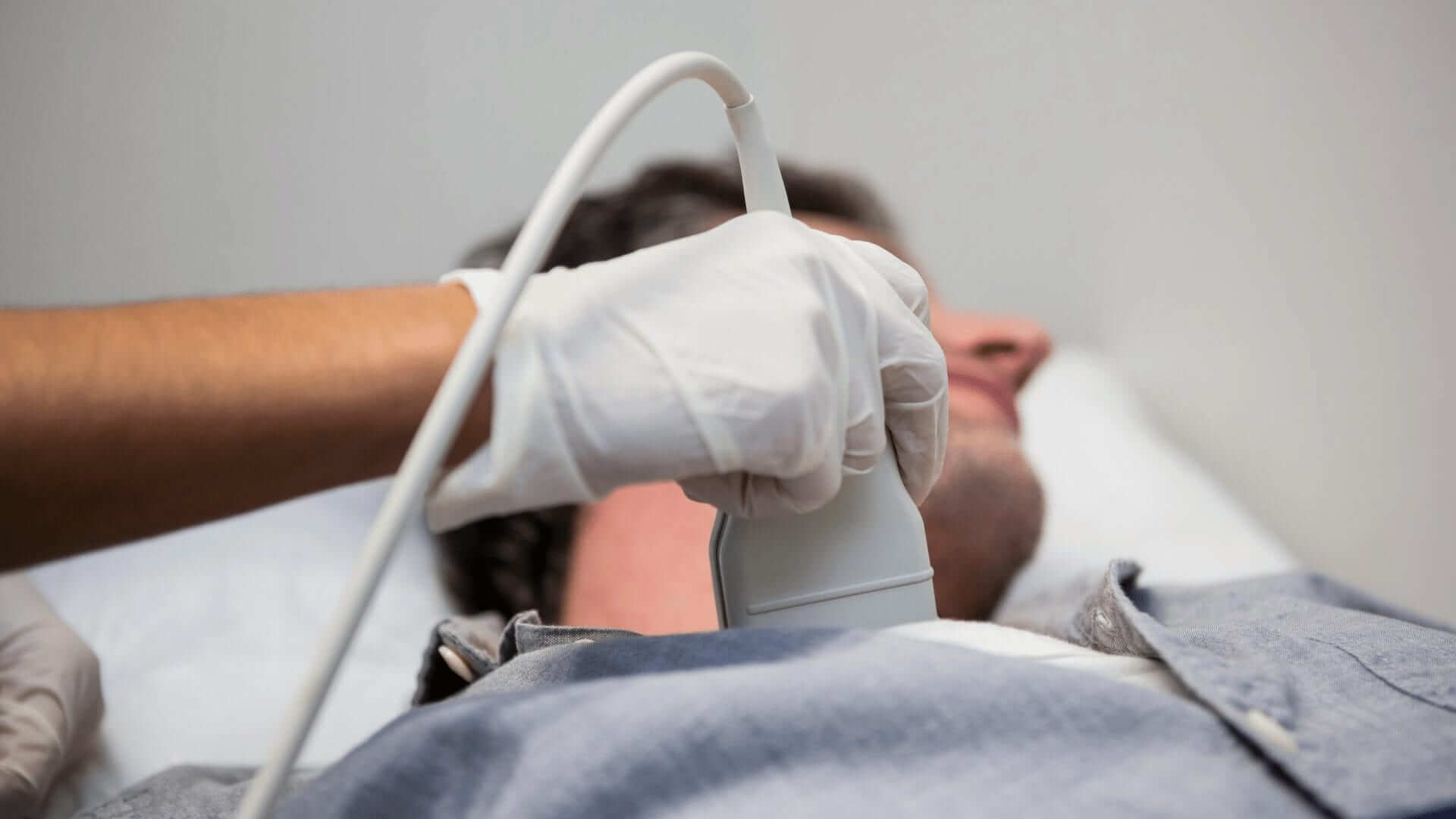Understanding Your Sonography Program
Date: September 27, 2022
Things to know for understanding your sonography program. Do you think you might want to be an ultrasound technologist? If so, understanding your sonography program is the first rung in becoming a technologist. The second rung is to complete an accredited sonography program. In brief, your sonography program should meet the specific educational requirements for your academic goals.
Understand Your Sonography Program
Most sonography programs and educational trajectories vary from 18-month certificates to two-year associate degrees and four-year bachelor-level diplomas.3 However, all programs consist of didactic classroom instruction and clinicals. By and large, these provide students with opportunities within medical settings. These include hospitals, physician’s offices, and imaging laboratories.
On the whole, each level of licensure has its strengths. Below are some specific routes within sonography. Additionally, specialty certificates are available to practicing sonographers.
18-month Certificate
Certificate program coursework, taking 18–24 months to complete, is designed for individuals possessing prior experience and education in allied healthcare professions.3 Accordingly, certification is available to students who have already obtained an associate of science or a bachelor of science degree in a related healthcare field. Advanced placement programs generally attract professionals looking to transition into diagnostic medical sonography from similarly situated professions.2
Graduates of an accredited program such as the Commission on Accreditation of Allied Health Education Programs (CAAHEP) can sit for certification exams with the American Registry for Diagnostic Medical Sonography® (ARDMS).®5 In short, specialty certificates are available to practicing sonographers wishing to expand their education and opportunities.
Two-year Associate’s Degree
The most typical path for obtaining ultrasound certification usually involves earning an Associate of Occupational Science Degree in Diagnostic Medical Sonography (A.O.S.). The degree can provide a gateway into the industry, taking less time to achieve than a four-year course. Likewise, it can go far to build a foundation for a four-year degree or `bridge program’ later.
Gurnick Academy of Medical Arts’ Ultrasound Technology program lasts 24 months. Similarly, the program blends didactic and clinical training while exposing students to the rigors of the field. Coursework covers general sonography, physiology, anatomy, and physics. Instrumentation, ultrasound equipment, medical ethics, medical terminology, and patient care are also covered.2 Additionally, students are introduced to differing specialties, including radiology, surgery, echocardiography, vascular technology, obstetrics, and gynecology.
Four-year Bachelor’s Degree
Similarly, individuals may enter the ultrasound profession by obtaining a four-year Bachelor of Science in Medical Sonography degree. Offered by many universities, these courses are generally open to those who have completed general university requirements (G.U.R.s) and science, math, and English prerequisites.5 Standard coursework delves into biology, physics, lab equipment, medical terminology, and patient interaction. These classes are specially tailored to the ultrasound field.
By and large, bachelor-level ultrasound programs offer students opportunities to specialize in particular medical diagnostic areas. These include vascular, echocardiography, or general (abdominal, obstetrics, and gynecology) and corresponding coursework. Furthermore, an ultrasound bachelor’s degree program includes clinical and internship experiences. However, sometimes for an advanced placement program, these are not required due to previous work experience.5
Certification
After completing an accredited ultrasound program, students should seek certification. To earn the RDMS, one must pass the Sonography Principles and Instrumentation (SPI) examination and a corresponding specialty examination within a five-year period. In brief, certification provides generalized credentials, confirming one has sufficient sonography knowledge. Hence, deeming the individual capable of offering ultrasound services safely.
Gurnick Academy of Medical Arts recently received programmatic accreditation through the Commission on Accreditation of Allied Health Education Programs (CAAHEP) via JRC-DMS. Accreditation was for the ultrasound technology program offered at the San Mateo Campus (now moved to San Jose). Moreover, CAAHEP reviews diagnostic medical sonography programs to ensure they meet nationally recognized standards of the profession.
Ultrasound professionals wishing to work in specialty areas often obtain certification by sitting for the Sonography Principles and Instrumentation Exam (S.P.I.). Technologists must earn continuing education credits (C.E.C.s) to maintain their certification.1
Reasons to Consider This Field
There are many reasons to consider a career in ultrasound technology. These include some of the following advantages:
- Job opportunities are favorable.
- The profession helps others.
- One can contribute to medical discoveries.
- It is a professional role.
- Technologists use high-tech equipment.
Besides yielding critical professional and altruistic gains, the effort and training required to work in the industry pay quite favorably when put alongside other healthcare professionals of similar educational levels.4
In Summary
In summary, with all that sonography offers, shouldn’t you take another look at it? Or perhaps, the next time you see a friend’s sonogram displayed on social media, you may at least view the image with fresh eyes. Knowing the profession offers a rich, new focus in healthcare imaging. Please take a look at our A.O.S. in Ultrasound Technology Program.~
*The salaries provided are based on reported data. Individual experiences can vary depending on certification, years of experience, geographical areas, and other factors.
Citations
1 Locsin, Aurelio. n.d. “What is the Difference Between an Ultrasound Technician and a Medical Sonographer?” Work–Chron.com. Hearst. (Accessed June 2, 2021.)
2^a, b “Is Sonography School REALLY That Difficult? Ultrasound Technician.” 2015. Ultrasound Technician. Ultrasound Technician Center. March 4, 2015. (Accessed June 2, 2021.)
3^a, b “Sonography Principles and Instrumentation (S.P.I.).” 2021. ARDMS. American Registry for Diagnostic Medical Sonography, Inc. 2021. (Accessed June 28, 2021.)
4 “How Much Can a Diagnostic Medical Sonographer Expect to Get Paid?” 2020. Usnews.com. U.S. News and World Report. 2020. (Accessed June 2, 2021.)
5^a, b, c Esmet. 2019. “CAAHEP–Home.” Caahep.org. Commission on Accreditation of Allied Health Education Programs. 2019. (Accessed June 28, 2021.)

